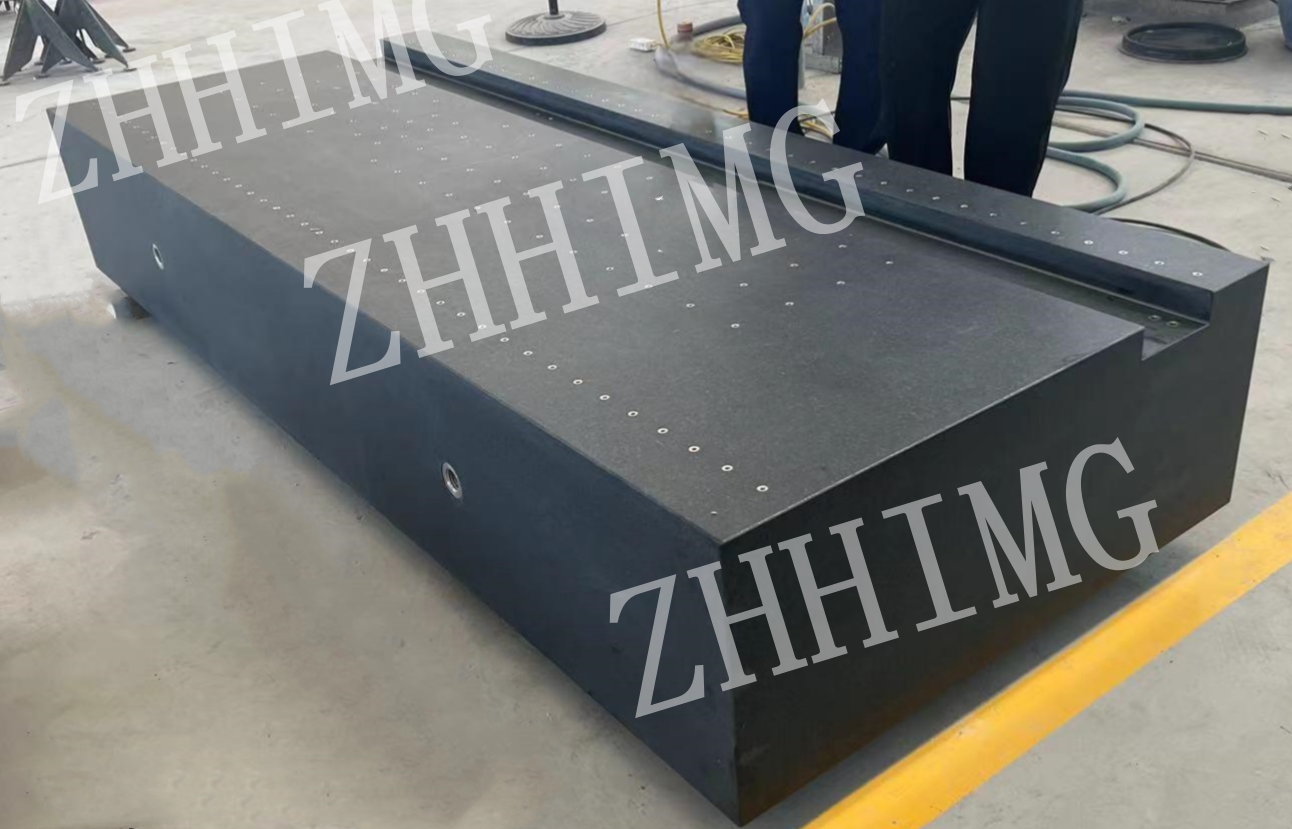Granite is a natural igneous rock composed primarily of quartz, feldspar, and mica that has long been favored for its durability and beauty in architecture and sculpture. However, recent technological advances have revealed its important role in the development of advanced optical sensors. These sensors are critical in a variety of applications including telecommunications, environmental monitoring, and medical diagnostics.
One of the main reasons granite is used in optical sensor technology is its unique physical properties. Granite's crystal structure provides excellent stability and resistance to thermal fluctuations, which is critical to maintaining the accuracy and reliability of optical measurements. This stability is especially important in environments where temperature changes can affect sensor performance.
In addition, granite's low coefficient of thermal expansion ensures that the optics remain aligned, minimizing the risk of alignment that could lead to erroneous readings. This property is critical for high-precision applications such as laser systems and fiber optics, as even the slightest deviation can cause significant performance degradation.
Granite also has excellent optical properties, including low light absorption and high transmittance. These properties make it an ideal material for manufacturing optical components such as lenses and prisms that are integral to the functionality of advanced optical sensors. By harnessing the natural properties of granite, engineers and scientists can create more efficient and effective sensor systems.
Furthermore, the use of granite in optical sensor development is in line with the growing trend of sustainable materials. As a natural resource, granite is abundant and its extraction has minimal environmental impact compared to synthetic alternatives. This not only enhances the sustainability of optical technology, but also promotes the use of environmentally friendly materials in high-tech applications.
In summary, granite's unique properties and sustainability make it a valuable asset for the development of advanced optical sensors. As research continues to explore its potential, we can expect to see more innovative applications harnessing the benefits of this remarkable natural material.
Post time: Jan-09-2025

